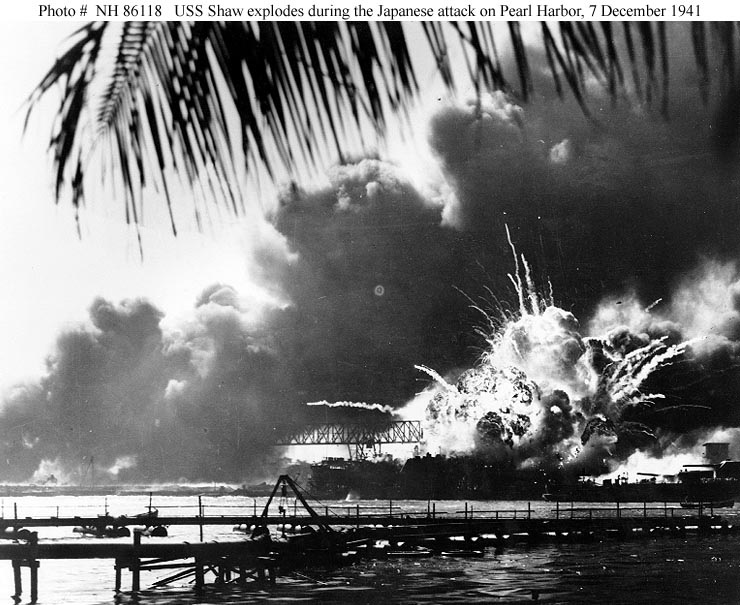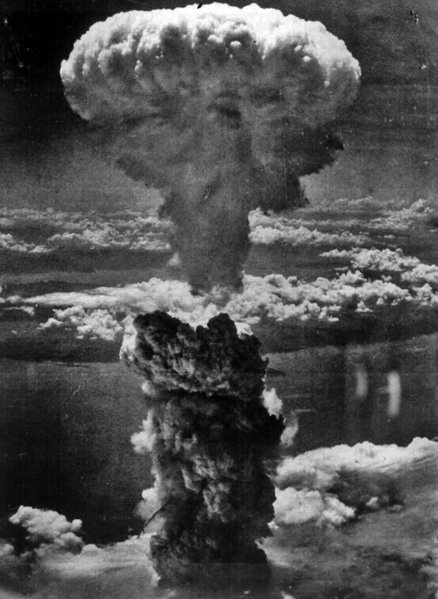|
Social and political factors
The disillusionment of Americans in the late 1930s following World War I, the 1929 stock market crash and the 1930s Depression saw the demise of the dream of America a welcoming haven and land of unlimited opportunity where anyone, through hard work, could make their future.
Post-war disillusionment gave film noir a mood and a social context. Victory in World War II did not bring the peacetime happiness that many had anticipated. Many wartime veterans were feeling isolated after they return. This disillusionment is also evident in non-noir films of the era. Disillusionment came from many directions.
World War II: American Involvement and the Aftermath The forties are pretty well defined by World War II.
- www.bighousefilm.com Post-war disillusionment gave film noir a mood and a social context. Victory in World War II did not bring the peacetime happiness that many had anticipated. Many wartime veterans were feeling isolated after they return. This disillusionment is also evident in non- noir films of the era. Disillusionment came from many directions.
The United States emerged from World War II as a world superpower, challenged only by the USSR. While the USSR conquered some of the defeated countries, the US implemented the Marshall Plan, helping war-torn countries to rebuild and rejoin the world economy. Disputes over political ideology and control led to the Cold War.
|


